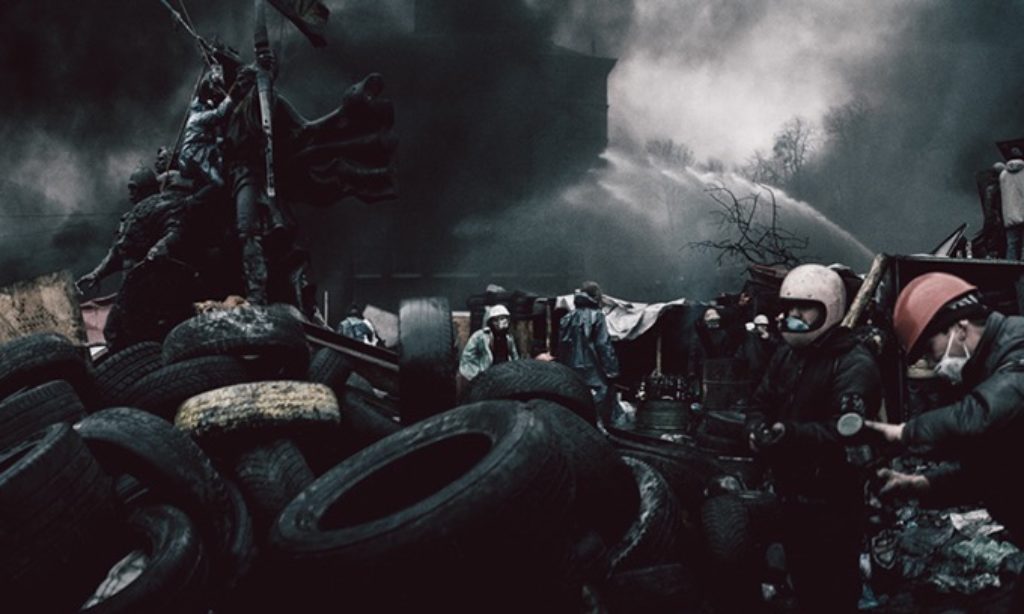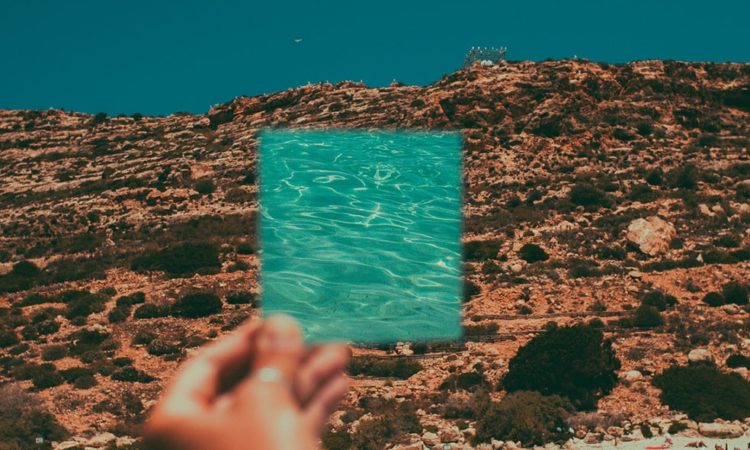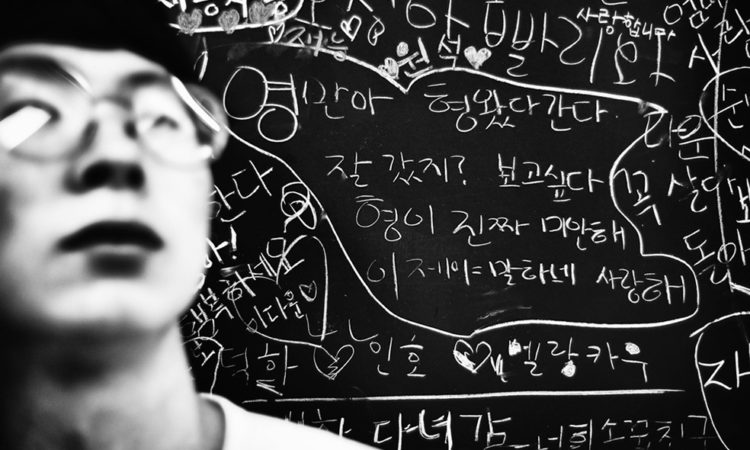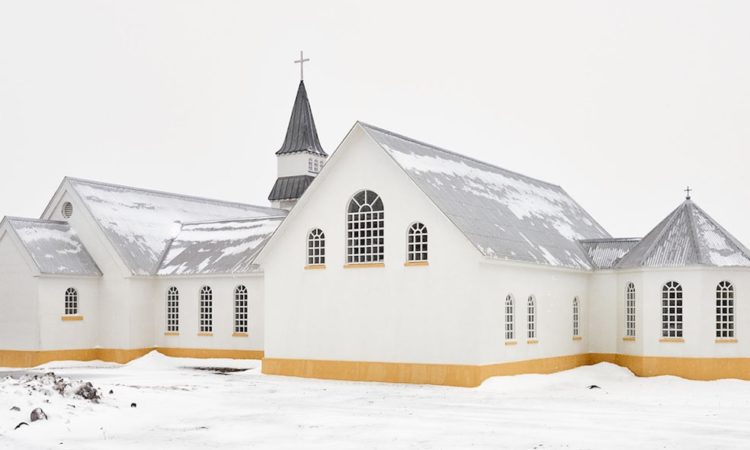In the series Kowitsch, compiled over the past two years as a work in progress, Robin Hinsch arranges large-format color photographs — portraits and landscapes — in an uneven rhythm to compose an extraordinary series about the conflict in Ukraine.
Born in 1987 in Winsen/Luhe (North-Germany), Robin Hinsch spent a sheltered rural childhood in Garlstorf am Walde. At the age of twenty-one he moved to Karlsruhe to study photography with Elger Esser at the Karlsruhe University of Art and Design (HfG). His academic path took him from Karlsruhe to Hanover and then Hamburg, where he graduated with a master’s in photography in 2016.
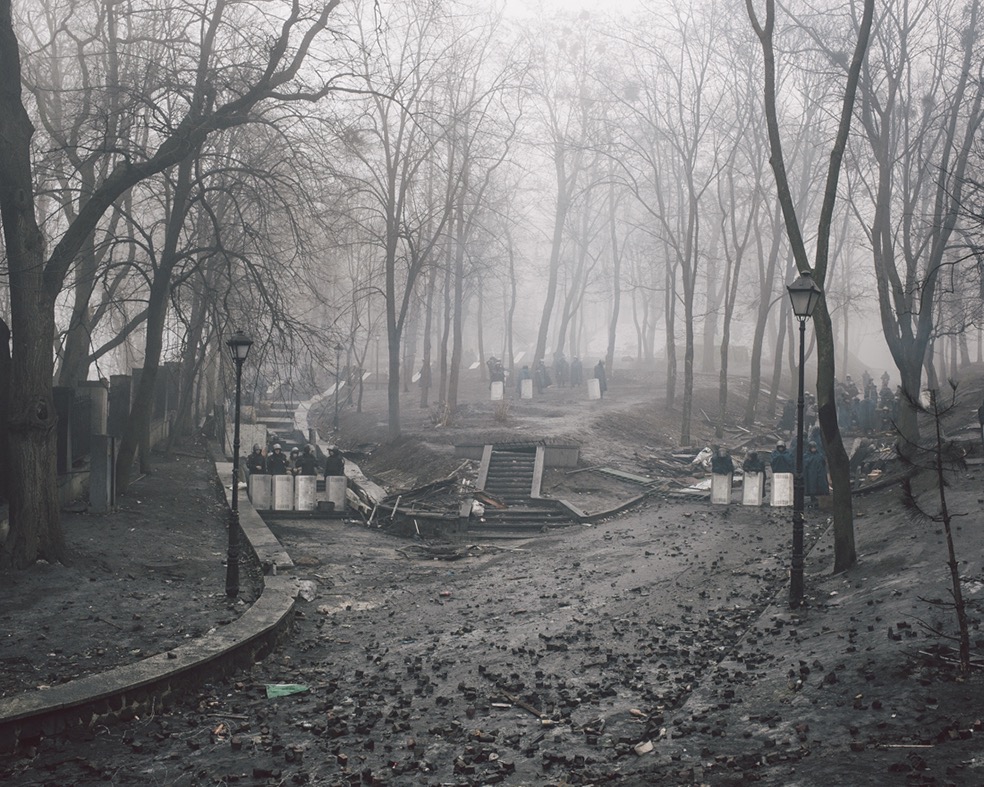
Kowitsch © Robin Hinsch
In 2010, after Viktor Yanukovych defeated his opponent in the presidential election, Hinsch travelled to Ukraine for the first time. Once the protests began in Kiev toward the end of 2013, Hinsch decided to return there in order to experience the end of the Yanukovych era first-hand. He documented the Maidan demonstrations with a camera: “I made a conscious decision not to document atrocities. My goal was not to show how activists sleep, eat, fight, die. My topic was the last confrontation. I thought: This is the final battle. I had not expected that it would turn into the start of a civil war.” (Robin Hinsch)
Since then, Hinsch has repeatedly travelled to the contested areas in eastern Ukraine, sometimes by train to the front at Sloviansk and sometimes by car through Rostov-on-Don to Donetsk. In February 2015, after the sign- ing of a second Minsk agreement on a ceasefire in Donbas, he crossed the Russian border to the Don- bas region in a rickety truck. The war in eastern Ukraine was far from over, but for Hinsch the result was already visible. A new border had been created. During his two-week road trip through the newly formed “People’s Republics” of Luhansk and Donetsk, he documented the extent of the civil war in lucidly composed photographs that go beyond the ac- tual events and differ considerably from the images shown daily in the global media. He depicts ghostly landscapes, at times in a soft morning light or infused with the red glow of the setting sun, which, despite their romantic lighting, dispense with all hope and do not conceal the senseless destruction that has jolted these places: giant holes in houses’ facades that seem almost surreal; blackened, leafless treetops; or the wrecks of burnt military vehicles.
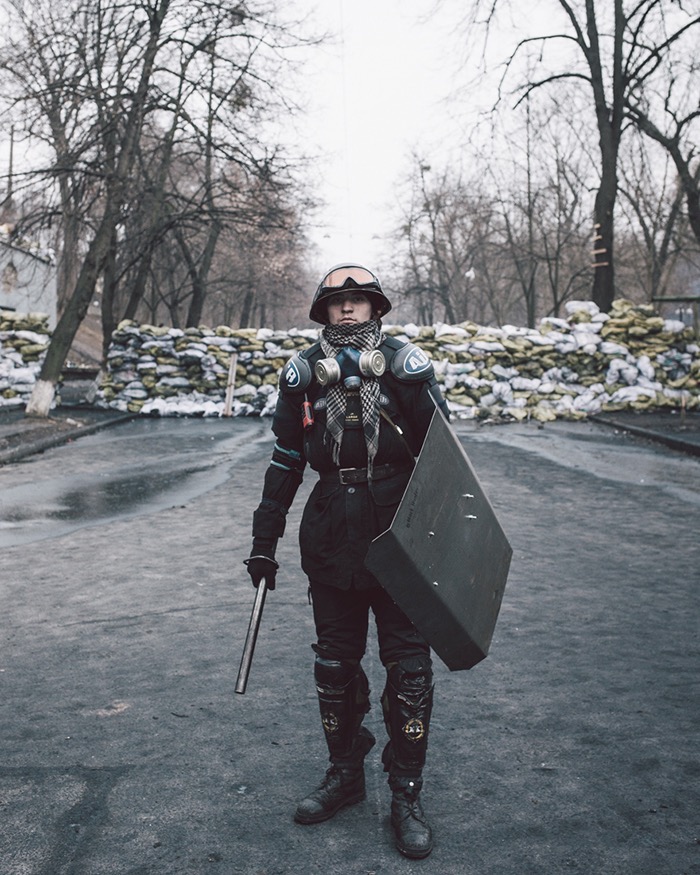
Kowitsch © Robin Hinsch
The large-format images recall desolate images of battle, in which people, whether soldiers or civilians, have given up everything, even when there was nothing more to give up. Sometimes a place in Hinsch’s images evokes a forgotten trash heap, where space and time blur. Perhaps these places were already hopeless before the fighting, a no man’s land that for a brief time enjoyed the attention of a global audience, only to sink even more deeply into obscurity thereafter. Hinsch restores these forsaken places to us as powerful, narrative images and manifests them as wounds on our memories. “This time my focus was the newly created border region to western Ukraine, which continues to be a scene of heavy fighting between government troops and pro-Russian separatists. This new no man’s land between Ukraine and Russia bore the visible marks of the war. Only seldom did I come across civilians in the ruins of former villages and cities,” says Hinsch. He does not portray the few people — especially the men — he encounters in his quest as heroic fighters, but at the moment of their greatest vulnerability, weak, cowering on the ground, despondent, downright crushed. Only the young girl on the horse in the metal-manufacturing town of Mariupol evokes a classical equestrian statue and testifies to the power of hope with which this young civilian defies everyday hardships.
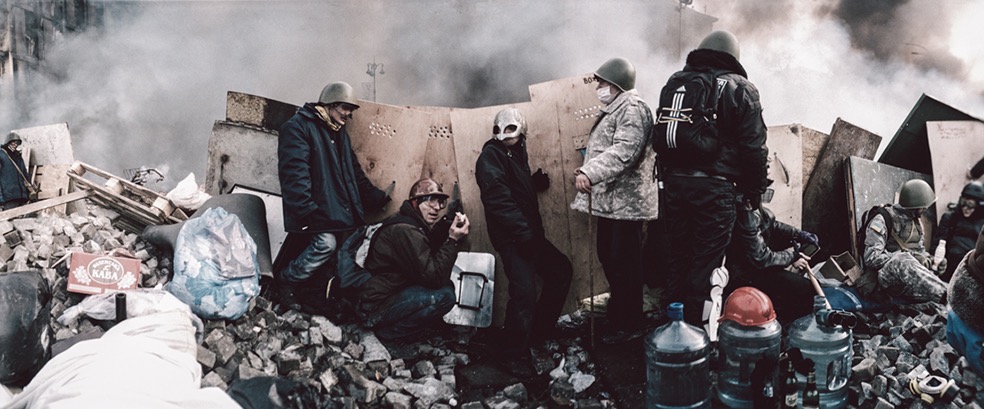
Kowitsch © Robin Hinsch
The portrait of war drawn by Hinsch in his series contradicts the thesis — by Gerhard Paul — that the ever increasing visualization of war goes hand in hand with its realities becoming invisible and that ultimately modern warfare eludes capture by visual media. Robin Hinsch is part of a young, political generation of German photographers who, despite the safety of their homeland, cast their gaze on the crises and problems of our times and use their cho- sen medium to perturb and sensitize the viewer.
Project Kowitsch by Robin Hinsch has been awarded with Third Place Award in Story category at Photogrvphy Grant 2016.
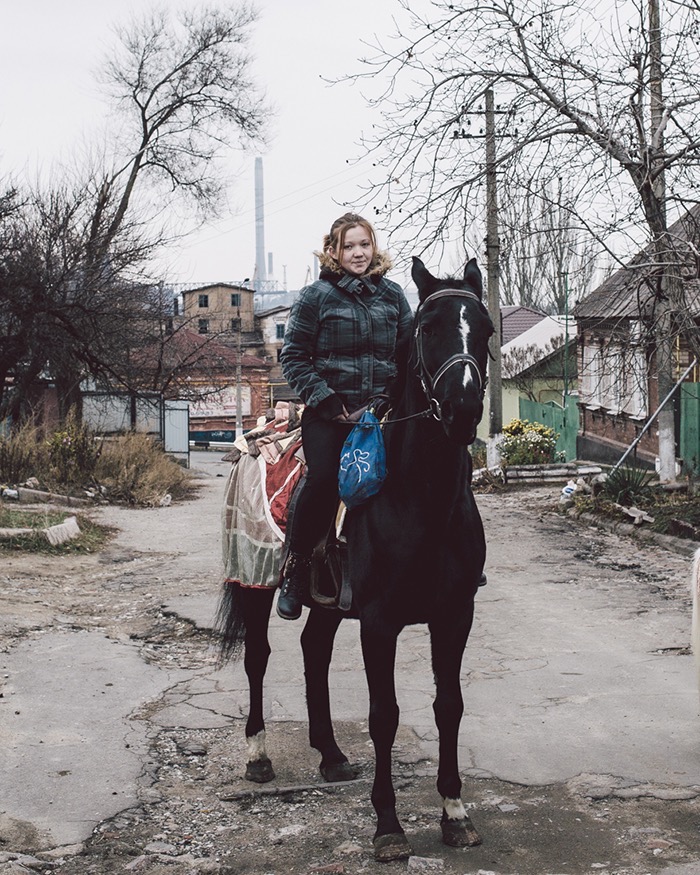
Kowitsch © Robin Hinsch
Robin Hinsch was born in 1987. He studied Photography at the HFG-Karlsruhe in the Class of Prof. Elger Esser, at the HH-Hannover and at the HAW Hamburg in the Class of Prof. Vincent Kohlbecher where he earned his BA in Photography. Currently Robin Hinsch continues his studies at the HAW Hamburg in the Master Program in the class of Prof. Vincent Kohlbecher.
His work has been awarded with the International Photography Award, the European Photo Exhibition Award, the Canon Profifoto Förderpreis, the Art Award of the Hamburger Börse and has been shortlisted at the Leica Oskar Barnack Prize and the Lucie Awards, to name a few. In his work he mainly focusses on social issues and some sort of self-experienced subjective,intuitive storytelling. Robin Hinsch lives in Hamburg. His work has seen him travel to Ukraine, Poland, Russia, Syria, Turkey, Malaysia, Senegal, Singapur, Marocco, Australia, the USA and a lot of different european countries.
Website: robinhinsch.com
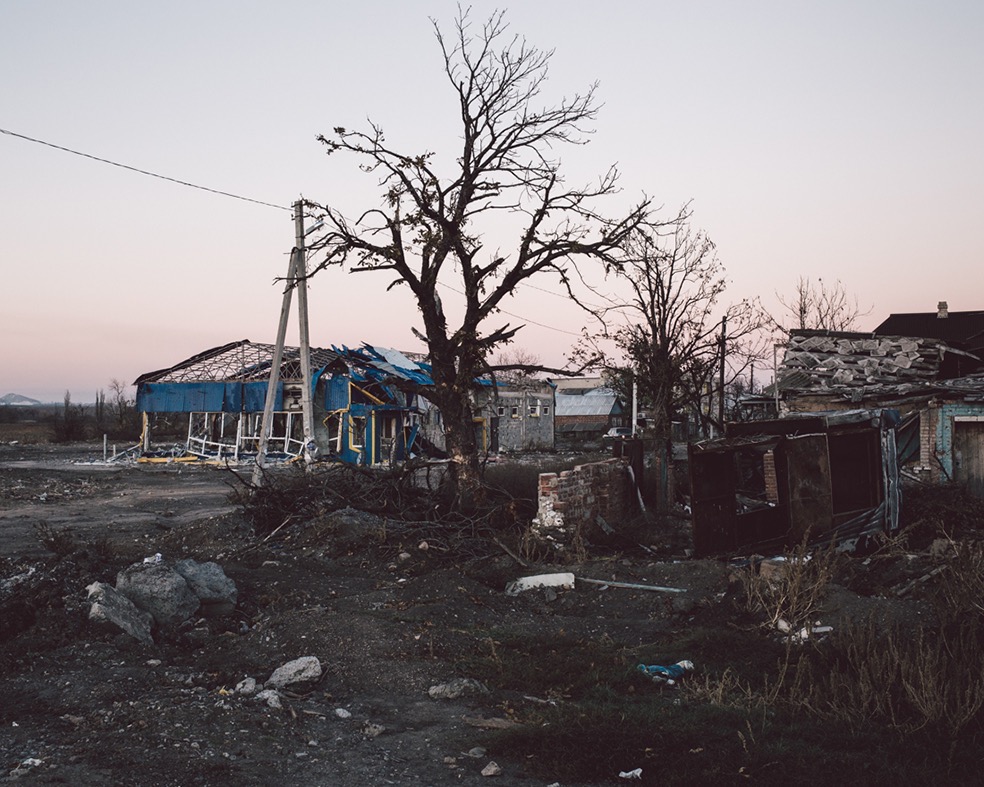
Kowitsch © Robin Hinsch

Kowitsch © Robin Hinsch
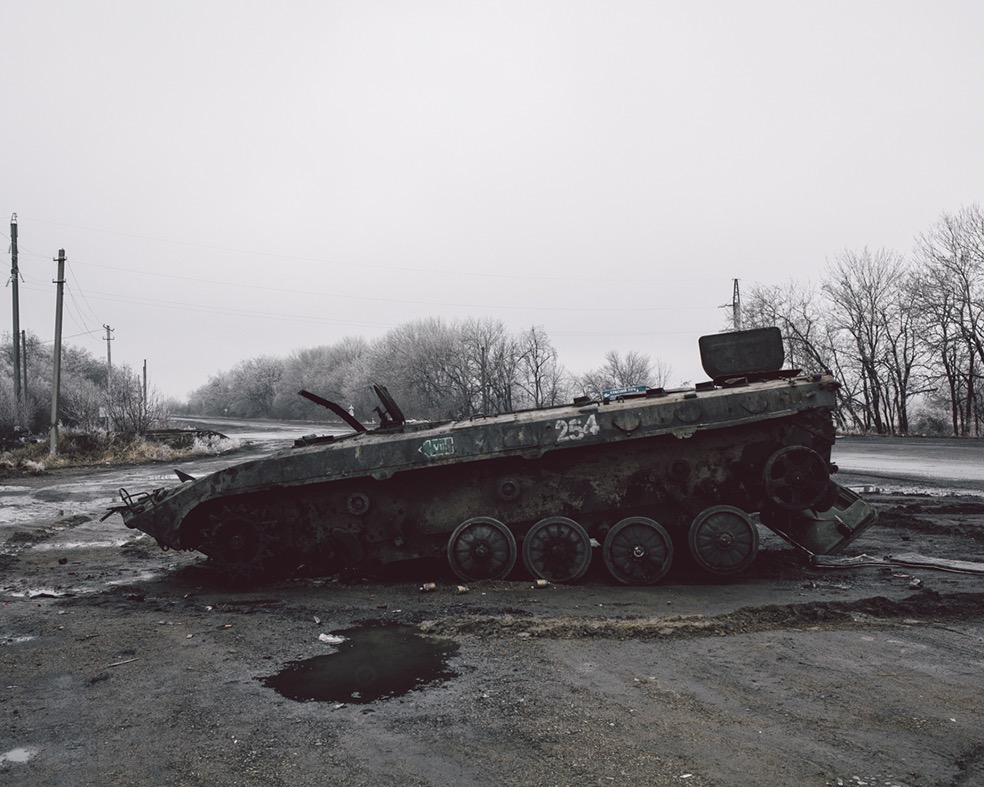
Kowitsch © Robin Hinsch
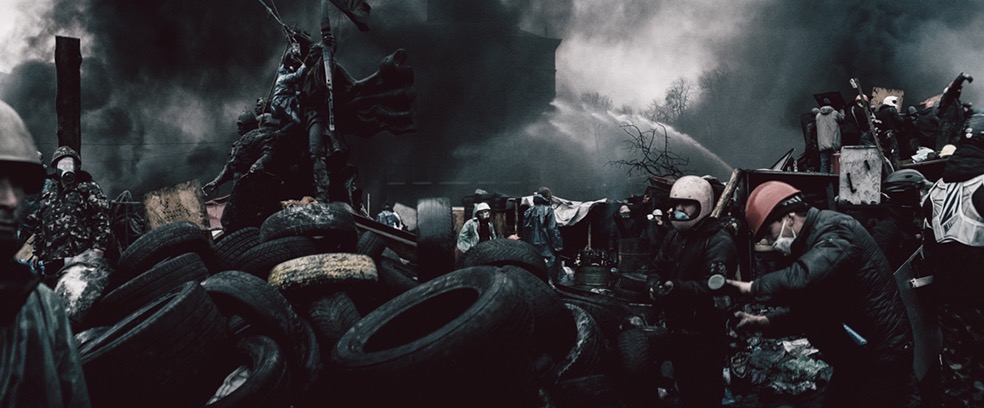
Kowitsch © Robin Hinsch
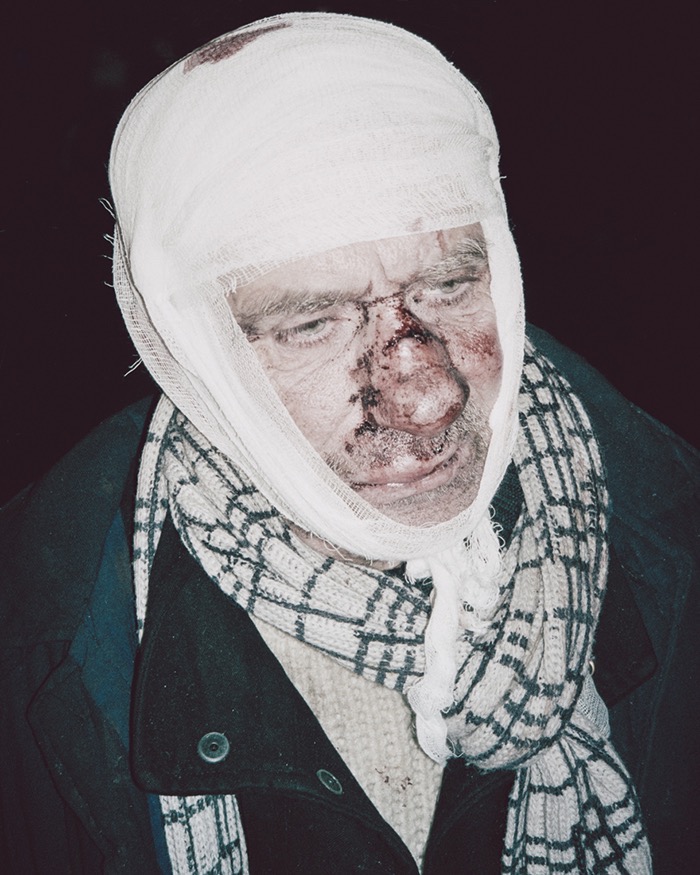
Kowitsch © Robin Hinsch
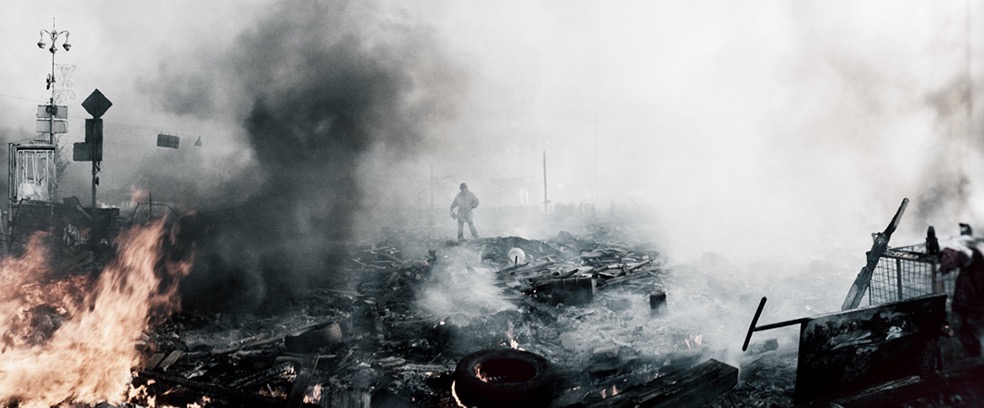
Kowitsch © Robin Hinsch

